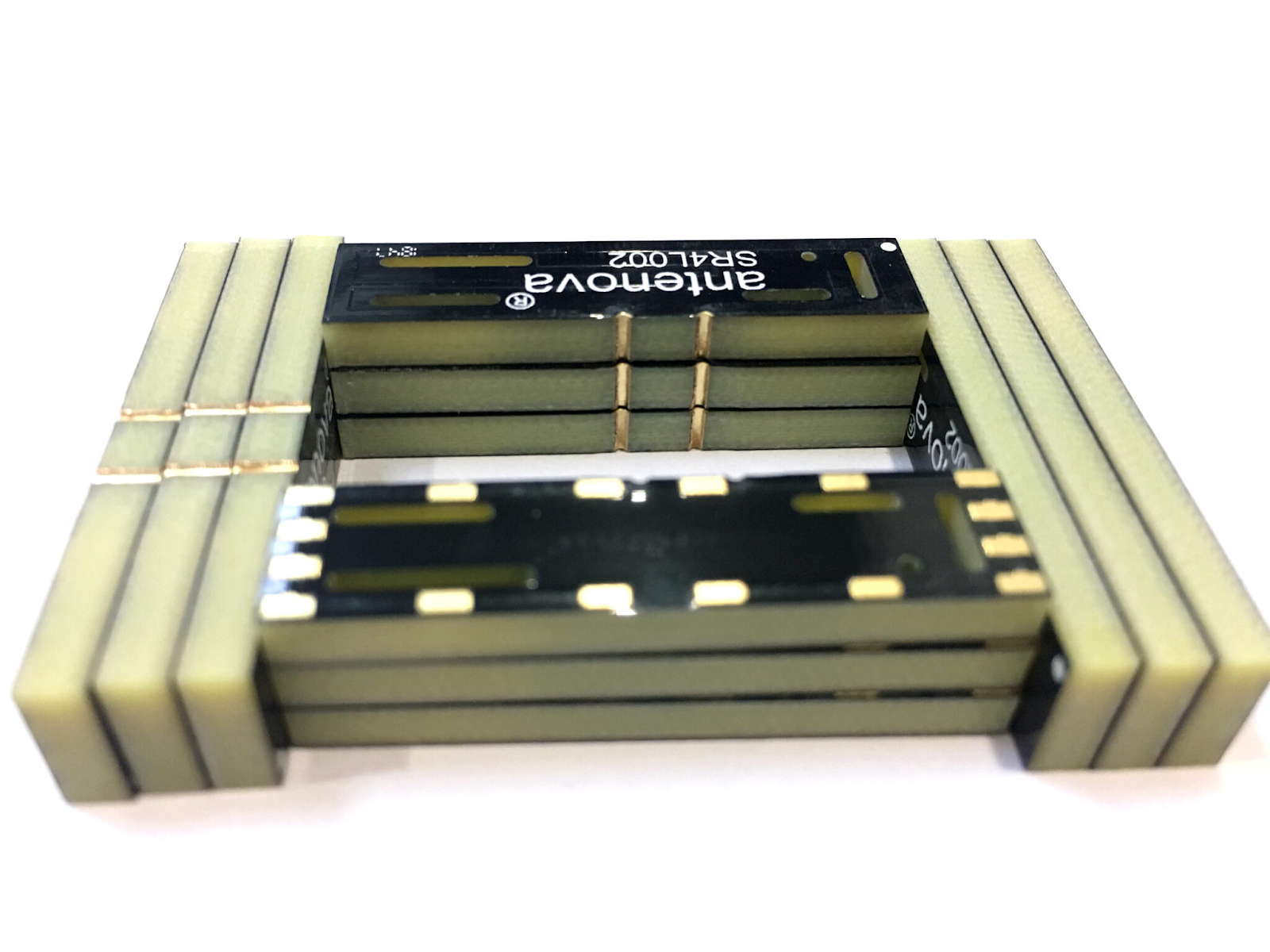In the ever-evolving world of electronics, printed circuit boards (PCBs) play a crucial role in the functionality and efficiency of devices. Due to their versatility and effectiveness in modern applications, double-sided PCBs have gained significant popularity among the various types of PCBs. This article delves into the advantages and applications of double-sided PCBs, highlighting why they are a preferred choice for engineers and manufacturers alike.
What Are Double-Sided PCBs?
As the name suggests, double sided PCB have conductive pathways on both sides of the board. These boards are created by applying conductive materials, usually copper, to both surfaces of a non-conductive substrate, such as FR-4 (a fibreglass type). The design increases circuit density, enabling complex circuit designs in a compact space.
Advantages of Double-Sided PCBs
Space Efficiency One of the most significant advantages of double-sided PCBs is their ability to maximize space. Engineers can create more intricate and compact designs by utilising both sides of the board. This is particularly beneficial in applications with critical size constraints, such as mobile devices, wearables, and IoT devices.
Enhanced Performance Double-sided PCBs can support a higher component density than single-sided PCBs. This leads to improved electrical performance, including faster signal transmission and reduced interference. Double-sided PCBs help achieve better signal integrity and overall performance by minimising the distance between components.
Cost-Effectiveness While the initial cost of manufacturing double-sided PCBs may be slightly higher than that of single-sided boards, the overall cost savings can be significant. The increased functionality allows for fewer components and less wiring, reducing assembly time and labour costs. Additionally, the compact design can lead to savings in materials and packaging.
Design Flexibility Double-sided PCBs offer designers more flexibility in routing signals and placing components. This flexibility enables the integration of various technologies, such as surface mount and through-hole components, making creating complex and innovative designs easier.
Better Heat Dissipation With components on both sides, double-sided PCBs can facilitate improved heat dissipation. This is essential for high-performance applications where heat management is crucial for reliability and longevity.
Applications of Double-Sided PCBs
Consumer Electronics Double-sided PCBs are widely used in consumer electronics, including smartphones, tablets, and laptops. Their compact design and enhanced performance make them ideal for these devices, where space is at a premium and functionality is critical.
Telecommunications In the telecommunications industry, double-sided PCBs are employed in routers, switches, and other networking equipment. Their ability to handle high-frequency signals and support dense component layouts makes them suitable for these high-performance applications.
Automotive The automotive industry increasingly relies on double-sided PCBs for advanced driver-assistance systems (ADAS), infotainment systems, and engine control units (ECUs). The robustness and reliability of double-sided PCBs are crucial in automotive applications, where performance and safety are paramount.
Medical Devices Double-sided PCBs are utilized in various medical devices, including diagnostic equipment and monitoring devices. Their ability to integrate multiple functions in a compact form factor is critical in the medical field, where size and reliability are vital.
Industrial Equipment In industrial applications, double-sided PCBs are used in automation systems, control panels, and instrumentation. Their durability and performance make them suitable for demanding environments where reliability is essential.
Double-sided PCBs represent a significant advancement
Double-sided PCBs represent a significant advancement in PCB technology, offering numerous advantages for various applications. Their space efficiency, enhanced performance, cost-effectiveness, design flexibility, and heat dissipation capabilities make them a preferred choice for modern electronics. As technology evolves, double-sided PCBs will likely remain at the forefront of innovative design, enabling the development of increasingly complex and efficient electronic devices.



